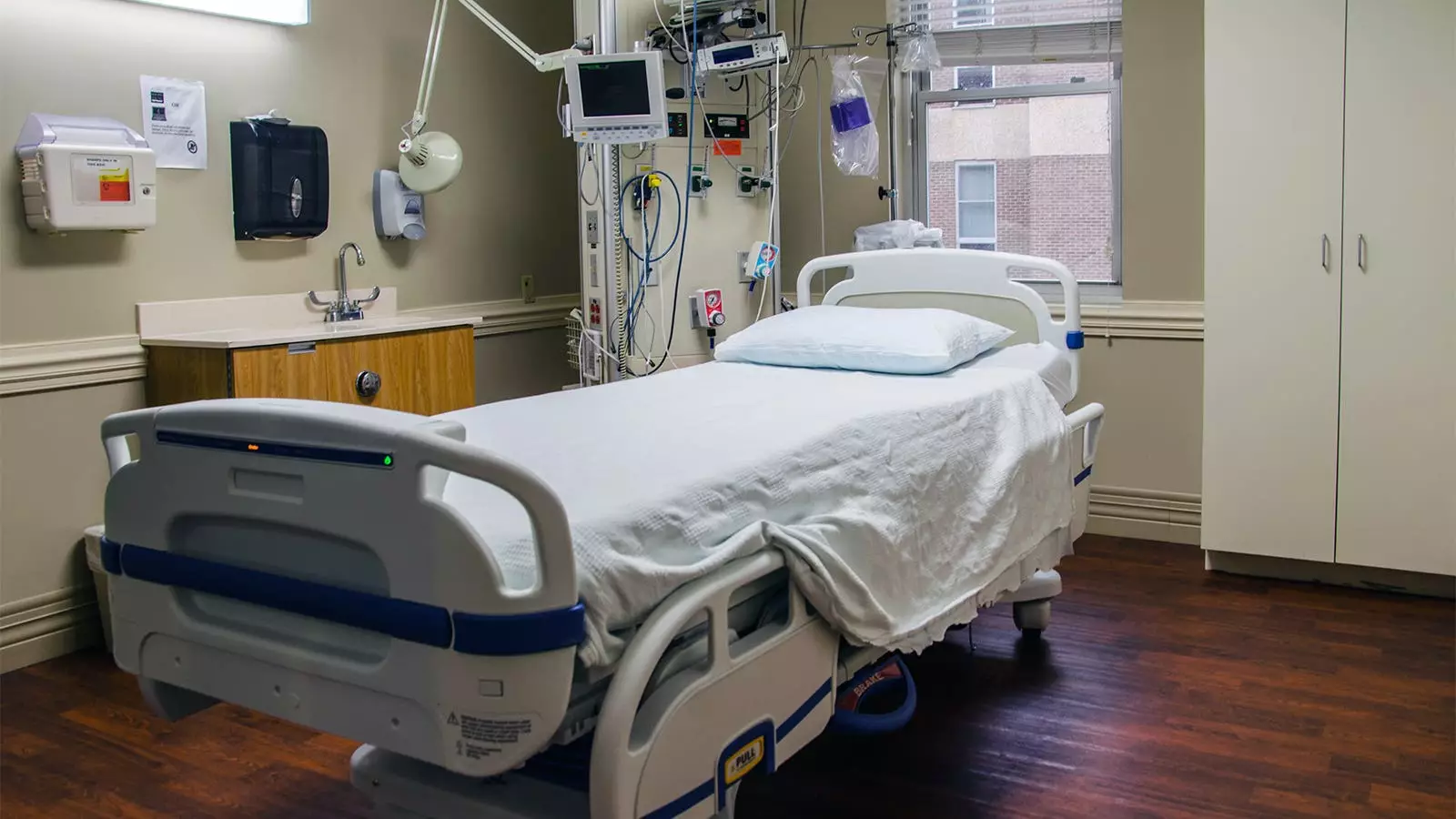##
Introduction
Public health investigators have recently identified a concerning link between two cases of multidrug-resistant bacterial infections in hospitalized patients and a sink in the intensive care unit (ICU) room where both patients had stayed. This discovery highlights the urgent need for increased attention to sink hygiene practices in healthcare settings.
##
The Cases
Each patient had spent approximately a month in the ICU, during which they received mechanical ventilation. Following serial sputum sampling, both patients were diagnosed with carbapenemase-producing carbapenem-resistant Pseudomonas aeruginosa (CP-CRPA) infections. Interestingly, isolates from both patients revealed the same carbapenemase-producing gene, which later matched samples taken from one of the ICU room sinks.
##
The Importance of Collaboration
The collaboration between healthcare facilities and public health agencies played a critical role in identifying and responding to this CP-CRPA cluster. Testing CRPA isolates for carbapenemase genes and implementing sink hygiene interventions were crucial steps in containing the spread of these infections within the healthcare setting. This collaborative effort underscores the significance of effective communication and coordination between different stakeholders in the field of public health.
##
Prolonged Mechanical Ventilation and Routine Cultures
Both patients had required prolonged mechanical ventilation, which is a known risk factor for CRPA infections. Routine serial sputum cultures were performed to monitor for ventilator-associated infections or complications. Initially, these cultures did not show any signs of the multidrug-resistant infection, indicating that both cases were likely hospital-acquired.
##
The Identification of Cases
The first case was identified in a middle-aged woman in September 2021, after a sputum sample collected via endotracheal tube aspiration revealed CRPA. The second case was detected in a woman over 65 years of age in January 2022. The patient was subsequently transferred to a long-term care facility without being placed on contact precautions, as the facility’s infection preventionist did not receive the necessary notice. There was no evidence of person-to-person transmission in either facility.
##
Both CP-CRPA isolates from the patients were found to have the active-on-imipenem metallo-beta-lactamase (IMP) carbapenemase gene type 84 (blaIMP-84) and were characterized as multilocus sequence type 235 (ST235). Whole genome sequencing performed at the Utah Public Health Laboratory confirmed these findings.
##
No Widespread Transmission
While 16 other patients had stayed in the same ICU room, no other cases of CP-CRPA were detected. It is possible that the shorter stays or lack of mechanical ventilation among these patients reduced the risk of transmission. However, further research is needed to understand the precise factors contributing to the lack of widespread transmission within the ICU setting.
##
Environmental Sampling and Recommendations
Following the identification of the second case, the ICU room was closed, and a team from the Idaho Division of Public Health collected environmental samples, including from sinks and toilets. Samples genetically similar to the two cases were identified from a sink drain in the ICU. Based on these findings, the Idaho Division of Public Health Healthcare Associated Infections program, in consultation with the CDC, made several recommendations:
– Close the ICU room until the sink is disinfected with a foam peracid mixture EPA-registered for drain biofilm disinfection against P. aeruginosa
– Repeat the sink disinfection process weekly for all ICU room drains along with routine cleaning
– Add sink splash guards and introduce sink hygiene practices
– Collect specimens to test for CP-CRPA in the next 10 patients staying in the ICU room, or for at least 3 months
– Continuously submit CRPA isolates to the Idaho Bureau of Laboratories for carbapenemase gene identification
– Confirm that recommendations for contact precautions are received by infection preventionists after transfers
Adding the drain disinfectant to the sink cleaning routine effectively eliminated CP-CRPA. However, the optimal frequency of drain disinfection for disrupting CP-CRPA biofilm formation is yet to be established.
##
This investigation had a few limitations. The screening for infections was voluntary, both at the Idaho hospital and the long-term care facility. Therefore, firm conclusions about the extent of transmission could not be drawn. Additionally, the researchers did not assess the specific mechanisms of transmission, such as sink splashing onto patient care items, personnel, or visitors, and subsequent transfer to patients. This highlights the need for further research to better understand the potential modes of transmission for multidrug-resistant bacterial infections.
##
The link between two cases of multidrug-resistant bacterial infections and an ICU sink underscores the importance of maintaining proper sink hygiene practices in healthcare settings. This investigation brings attention to the critical role that collaboration between healthcare facilities and public health agencies plays in identifying and responding to outbreaks. By implementing necessary interventions, such as routine testing, sink disinfection, and improved communication, healthcare facilities can reduce the transmission of multidrug-resistant bacteria and enhance patient safety. Further research is needed to expand our understanding of the mechanisms of transmission and to establish evidence-based guidelines for sink hygiene in healthcare settings.


Leave a Reply